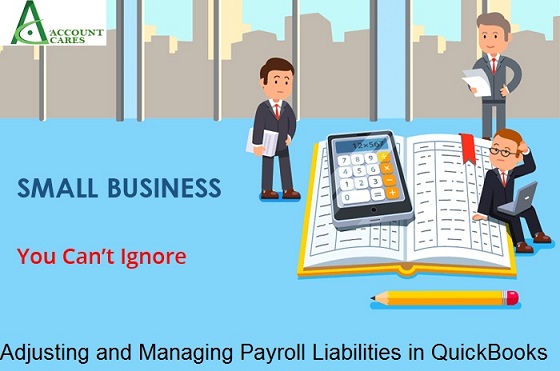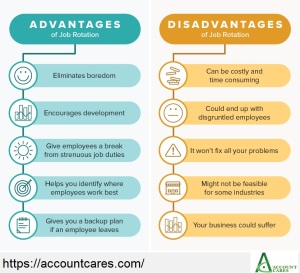QuickBooks is the most widely used accounting tool, so if you’re new to using this tool you may be facing confusions. Different users come across different kinds of issues but once you get well-versed with the tool, it can be of great use. For instance, the QuickBooks payroll tool helps in paying bills and making transactions. But then, there are times when you face issues with its adjustment as well. In this blog, we will help you adjust payroll liabilities in QuickBooks.

Is Payroll Liabilities in QuickBooks a Helpful Feature?
Yes, payroll liabilities in QuickBooks is an extremely helpful feature. It offers various options for adjustments such as; date, deductions, wages, additions, etc. You can also set up a health insurance company contribution. But, if the tax tracking for this section goes wrong, you may end up facing an issue. With payroll liability adjustment, you will be able to overcome this problem with ease.
How To Adjust Payroll Liabilities In Quickbooks?
In order to adjust payroll liabilities in QuickBooks, you need to follow these steps: –
- First and foremost is running a payroll checkup. In case you make use of the assisted payroll version, then you need to contact the company and they will help you get rid of the issues. You may as well call Account Cares and one of the professionals will surely help you out with the adjustments.
- You need to makes changes in the payroll summary report as well as the date range. This will initiate a successful adjustment of liability.
- On your accounting software, click on the Employees menu. You will find the payroll taxes and liabilities click on that and then choose the adjust payroll liabilities option.
These are the basic steps that you can use in order to make changes in the payroll liabilities. Other than this option, you can also switch to manual payroll in QuickBooks. You can also visit the official website of QuickBooks to find a solution for your issue. QB is remarkable with handling queries and they will surely help you out with whatever problem you are facing. The community section contains solutions for all sorts of versions be it; payroll, desktop, pro, premier, online or enterprise.
Aside from that, Account Cares is always available to serve you. In case any step we mentioned above wasn’t clear, feel free to contact us. We are available for customers across the USA and Canada through our toll-free number. Our experts are competent and extremely patient so they will listen to your query with patience. You may reach out to us through the live chat option available on our website. Our team is available 24/7 so you will never have to wait for long hours to get a response.
Remember, there are too many scams online, you need to be aware of. Do not connect with a company that gives false promises, rely on certified ones like us.
Note This Blog Is Copy Right – Source Code



You must be logged in to post a comment.